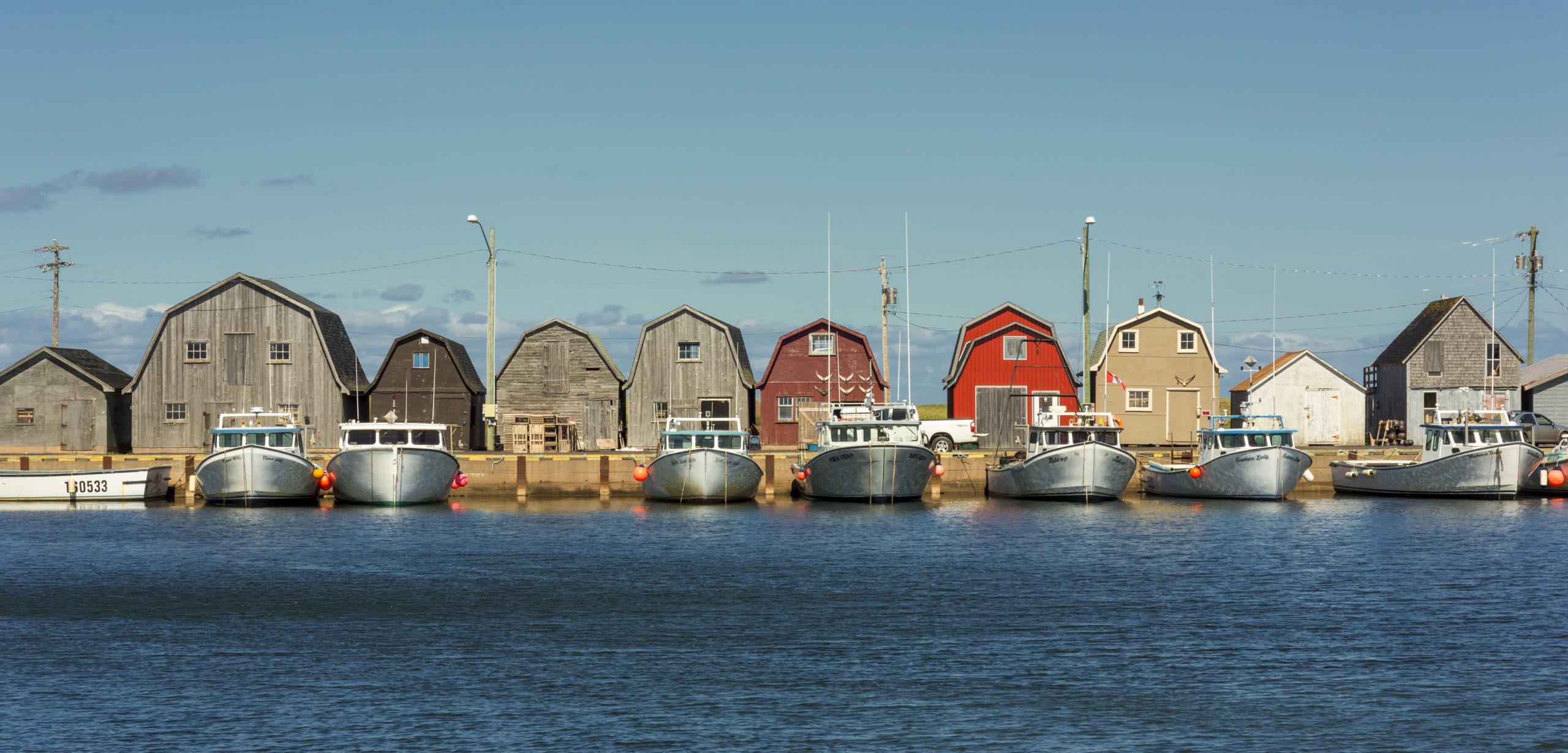How Canada Is Failing Its Fish
Canada has a legal framework for protecting species at risk. It just isn’t really using it.
Article body copy
When a fish population is crashing, the species needs protection, but again and again Canada is failing to act in a timely manner. Once a fish in Canadian waters is determined to be under threat, it can still take three to five years before protections are put in place.
According to a report by researchers from the University of Victoria and the non-profit Ecology Action Centre, inconsistent and poor management by regulators is causing lengthy delays in implementing protective measures.
“It takes a long time, nothing happens, and within that time species further decline,” says Susanne Fuller, coauthor of the report. “There may be no quota restriction, no by-catch limits, no habitat protection.”
Canada has a legal framework for protecting at-risk fish, spelled out in the Species at Risk Act (SARA) and the Fisheries Act. Problems stem from slow action and incomplete recovery measures, says Fuller.
Here’s how the process is supposed to work: the Committee on the Status of Endangered Wildlife in Canada (COSEWIC), an independent group of scientific experts, makes the decision that a fish species is at risk. This group recommends a level of protection to the federal government, who then list the species as threatened, endangered, or special concern, and determine the steps needed to protect it. SARA gives the government the authority to carry out these protection measures, which can range from further investigating a problem to implementing quotas.
What really happens, though, says Fuller, is that species often will “wait in limbo”: they don’t get listed under SARA, and consequently don’t get protection. Close to half of the time there are some measures put in place, she says, but there are gaps.
In Atlantic Canada, for instance, there are currently 42 species of fish that are considered at risk according to COSEWIC, but have not yet been listed for protections under SARA. “Those species are missing that safety net, that suite of policy measures and management decisions that could be put in place,” says Fuller.
She attributes delays largely to socio-economic reasons related to the fishing industry. Indeed, the report states that previous studies “found that marine fishes were more likely to be denied SARA listing if they were a target of, or associated with, a commercial fishery.”
The researchers say one problem is that some steps in the protections process lack legislated timelines. The fate of at-risk lake sturgeon, for example, has been under review for more than six years.
Overall, at-risk marine and freshwater fish spend an average of about three years in the SARA listing process. And all this time, they “typically receive no additional protection through fisheries management,” the study says. Some species move into higher risk categories while awaiting protection.
An email response from Fisheries and Oceans Canada says that the department “has begun to streamline its many processes for listing and recovery planning.”
“It is important that listing decisions take into account the potential effects, including economic and social implications, that listing a species may have on Canadians’ lives and livelihoods,” the response says.
“The timing and duration of such consultations can be impacted depending on who the stakeholders are and where they are located, and the nature of the species or population of species under consideration.”
Indeed, the federal government conducts scientific, socio-economic, and additional analyses, and holds public consultations with various stakeholders and other groups.
Michael Rennie, a former researcher with Fisheries and Oceans Canada, says that implementing protection measures isn’t as simple as listing a species on SARA.
Back when Rennie worked with the federal government, he found that the biggest issue preventing fish protection was a lack of resources.
“There’s just not enough people in the organization to handle the amount of work that’s required,” he says. For instance, there aren’t enough people to gather and analyze the data that inform policy recommendations, and there’s a shortage of people in enforcement to investigate reported fishing violations.
The department suffered close to a CDN $100-million budget cut over a three year period, and “the entire fish habitat assessment group across the country was removed” and replaced by the Fisheries Protection Program (FPP), he says.
The FPP and SARA are small compared to the number of staff that were part of the habitat assessment program. But because the federal government’s team was gutted, “trying to enact enforcement is challenging,” Rennie says.
“We’re probably a decade out before we can get the department functioning properly again,” he says.

